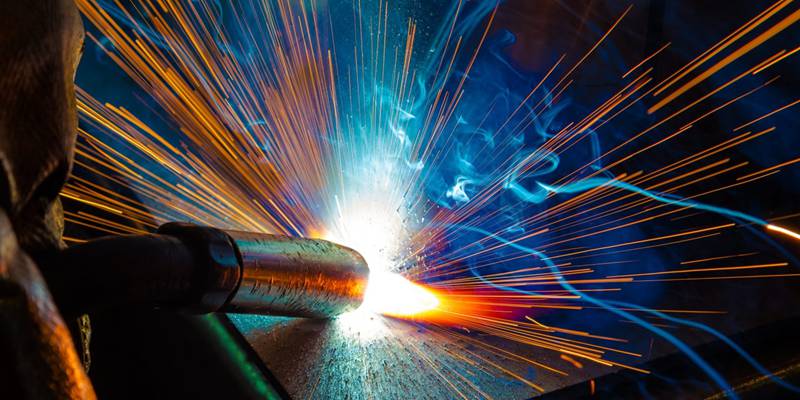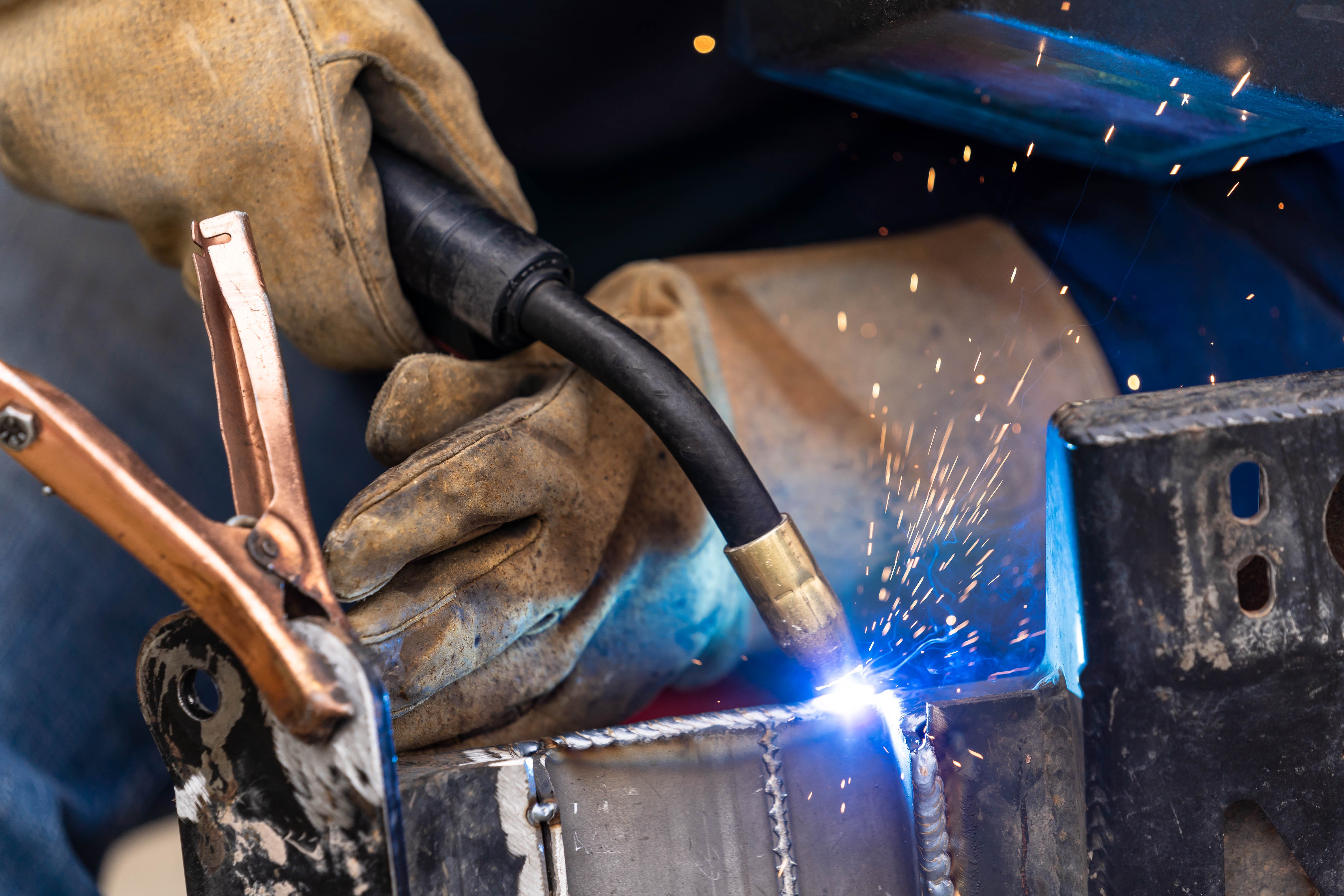Comprehending Welding WPS: Comprehensive Overview for Welders
Comprehending Welding WPS: Comprehensive Overview for Welders
Blog Article
The Ultimate Guide to Welding WPS Procedures: A Thorough Review for Welders
In the elaborate world of welding, Welding Procedure Requirements (WPS) offer as the foundation of ensuring quality, consistency, and safety in welding operations (welding WPS). As we dig into the different components of a WPS and explore the complexities of certification and certification, we will discover the important role these treatments play in the world of welding.
Value of WPS Procedures
Understanding the importance of Welding Procedure Specs (WPS) treatments is important for guaranteeing the top quality and honesty of bonded structures. WPS treatments function as a roadmap for welders, laying out the needed steps, criteria, and products called for to achieve a sound weld. By adhering to WPS standards, welders can make certain uniformity in their job, leading to structurally sound and reputable welds.
One of the key reasons why WPS procedures are essential is their role in maintaining weld top quality and stability. Following the defined welding specifications and methods detailed in the WPS aids avoid defects such as porosity, fracturing, or insufficient combination, which can compromise the stamina and sturdiness of the weld. Furthermore, WPS procedures are crucial for making certain conformity with sector criteria and codes. By complying with established WPS guidelines, welders can show that their work fulfills the required needs for security and top quality, offering guarantee to customers, inspectors, and regulatory bodies. Basically, the importance of WPS procedures can not be overstated, as they are basic to accomplishing regular, premium welds that fulfill industry standards and specifications.

Elements of a WPS
A Welding Treatment Spec (WPS) typically consists of necessary parts that information the details needs for carrying out a weld, guaranteeing consistency and high quality in the welding procedure. The vital parts of a WPS include vital variables such as base metals, filler steels, preheat and interpass temperature levels, welding processes, shielding gases, welding settings, and post-weld warmth therapy needs.
Base steels refer to the products being signed up with, while filler steels are used to fill the void between the base metals throughout welding. Preheat and interpass temperatures are essential for managing the heat input and protecting against problems like breaking or distortion. The welding process outlines the certain technique to be utilized, whether it's gas metal arc welding (GMAW), secured metal arc welding (SMAW), or an additional method. Securing gases secure the weld swimming pool from atmospheric contamination. Welding positions specify the positionings in which welding can be executed. Post-weld warmth treatment might be required to eliminate stress and anxieties and boost the weld's residential properties. A comprehensive understanding of these parts is critical for creating a comprehensive and reliable WPS.

Certification and Certification
Having actually developed the essential components of a Welding Procedure Requirements (WPS), the emphasis currently moves in the direction of the crucial facets of credentials and qualification in welding techniques.

Certification, on the various other hand, is the formal acknowledgment of a welder's certifications by a their explanation pertinent certification body or organization. Welding certifications are normally based on the certain welding procedures, products, and placements a welder is qualified to function with. Holding a legitimate welding qualification demonstrates that a welder fulfills industry requirements and is skilled to execute welding tasks to the needed requirements.
Creating a WPS
To develop a Welding Treatment Spec (WPS) that fulfills market standards, cautious factor to consider of welding processes, materials, and functional criteria is vital (welding WPS). The initial step in creating a WPS is to recognize the welding process to be used, such as gas metal arc welding (GMAW) or protected metal arc welding (SMAW) Once the welding procedure is figured out, the next important element is picking the ideal products, taking into consideration variables like base metal type, thickness, and joint design. Functional parameters such as welding current, voltage, travel rate, and securing gas make-up need to additionally be thoroughly defined in the WPS.

Implementing and Keeping An Eye On WPS
Upon finalizing the detailed Welding Procedure Requirements (WPS) that diligently information welding processes, materials, operational specifications, and quality control steps, the focus changes to effectively applying and keeping an eye on the well established procedures. Execution involves making sure that all welders involved in the project are familiar with the WPS and follow it carefully during the welding process. This calls for offering sufficient training and guidance to assure adherence to the defined treatments. Checking the WPS entails continuous oversight to confirm that welding activities align with the documented specifications. Examinations, screening, and top quality control measures are vital components of the monitoring procedure to determine any type of concerns or variances promptly. Regular audits and evaluations of the welding treatments aid in preserving uniformity and top quality throughout the task. Reliable execution and tracking of the WPS are critical for ensuring the stability, strength, and security of the welded joints, ultimately adding to the overall success of the welding task.
Conclusion
Finally, understanding and adhering to Welding Procedure Specs (WPS) is crucial for welders to guarantee top quality, uniformity, and safety in their work. By recognizing the parts discover this of a WPS, obtaining proper credentials and qualifications, producing thorough procedures, and executing and checking them efficiently, welders can improve their abilities and efficiency in welding techniques. Complying with WPS procedures is important for generating premium welds and conference sector standards.
In the complex world of welding, Welding Procedure Specs (WPS) serve as the backbone of ensuring high quality, consistency, and safety in welding operations. The welding process describes the details technique to be used, whether it's gas metal arc welding (GMAW), shielded metal arc welding (SMAW), or one more technique.To establish a Welding Procedure Specification (WPS) that fulfills sector standards, cautious consideration of welding procedures, products, and operational parameters is vital. The first step in creating a WPS is to identify the welding process to be utilized, such as gas metal arc welding (GMAW) or protected metal arc welding (SMAW)Upon wrapping up the comprehensive Welding Treatment Specification (WPS) that carefully information welding processes, products, functional criteria, and top quality guarantee actions, the emphasis moves to efficiently implementing and keeping track of the well-known treatments.
Report this page